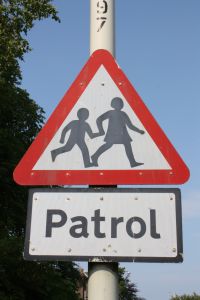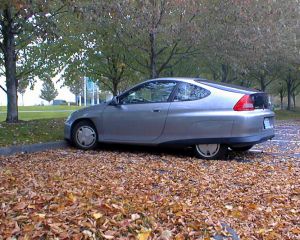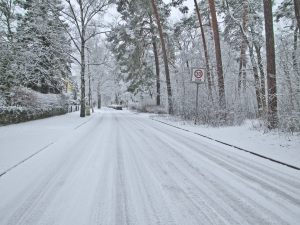According to the National Highway Safety Council, more than 75,000 lives were saved between 2004 and 2008 as a result of drivers wearing their seat belts. However, despite the fact that wearing a seat belt makes sense, many people simply refrain from doing so and could be seriously injured as a result.
Because seat belts save lives, there are laws requiring seat belt use and many states have passed regulations allowing police to pull people over who aren’t wearing a seat belt. States have also tackled other dangerous driving behaviors and passed other regulations designed to improve safety, including laws on booster seats in cars for kids and laws on driving drunk. 
The majority of traffic safety laws are passed on the state level, which means they differ from state to state. To see how states are doing in terms of passing safety laws, the Advocates for Highway and Auto Safety have released an annual report every year for the last ten years. The report takes a look at where states stand on fifteen different laws related to highway safety. The 2013 report is out now, and our Boston car accident attorneys have taken a look at where Massachusetts stands.
Does Massachusetts Make the Grade?
Massachusetts is classified by the Advocates for Highway and Auto Safety as a “yellow” state, which means they are doing pretty well as far as advancing highway safety laws but they still have some major gaps in safety regulations that need to be addressed.
The report also broke down where Massachusetts was lacking. According to the state’s report card on safety laws:
- Massachusetts has no primary enforcement seat belt law, although they should. A primary enforcement law on seat belt use lets police pull someone over just for not wearing a seat belt, instead of making this a secondary offense that you can only be pulled over and ticketed for if you’ve also done something else wrong.
- Massachusetts does have a law requiring all motorcycle riders to wear helmets and a law requiring booster seats for kids, both which the state gets full credit for.
- Massachusetts does OK, but not great, on teen driving rules. The lawmakers make teens wait until 16 to get a learner’s permit and 18 for a full license; they have a six month holding period for new teen drivers; and they require between 30 and 50 hours of supervised driving practice before granting a license. All of these are good things. Unfortunately, they have no restrictions on nighttime driving for teens nor do they restrict the number of passengers that can be in the car with a teen driver.
- Massachusetts also does fairly well on DUI laws. They have a child endangerment law, requiring mandatory BAC testing and have an open container law. However, they do not require that all offenders use an ignition interlock device.
- Massachusetts does have a ban on text messaging for all drivers, so they earn full credit on this law.
As the 2013 Roadmap of State Highway Safety Laws shows, Massachusetts has many laws that provide protection for state drivers. However, there are a few areas where improvements could be made to make the roads just a little bit safer for everyone.
Continue reading
 Boston Car Accident Lawyer Blog
Boston Car Accident Lawyer Blog












